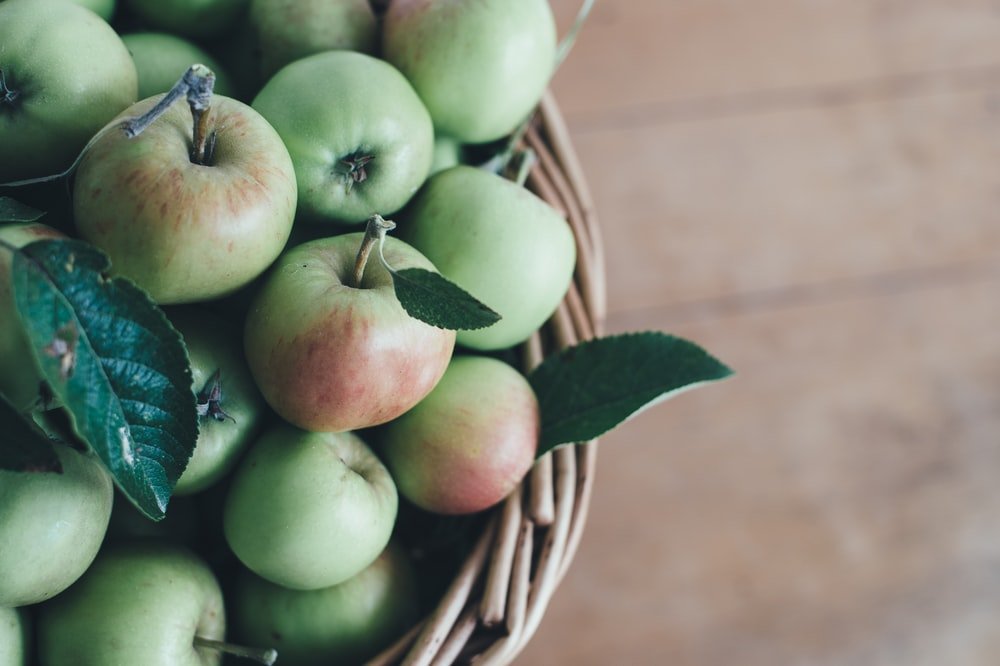
by Dr Neha | Nov 27, 2020 | Body, Health
Fruits have become so expensive in recent years that we feel an obligation to consume everything that’s bought from the supermarket. Most of the times they are chemically induced. Hence even if they seem to be ripe and mature, once you take a bite, you realize its the opposite. But you still consume it; a) because you paid for it, and b) fruits are always supposed to be giving out health benefits.
Fruits are considered the epitome of health, but not all are good for everyone or healthy from the start. Bioactive compounds are chemicals that are naturally present in fruits but are technically not nutrients and appear to have health benefits.
Eating fruits when they are still a bit green can bring some of the health benefits associated with the 70 to 80 per cent dry weight that consists of digestive-resistant starches. However, this is not applicable to all kinds of fruits. It’s unhealthy to consume unripe fruit because it turns out to act like the fruits of toxic plants, resulting in unpleasant issues.
Here is a list of the fruits which are healthy/unhealthy to consume in its unripened state.
Mangoes
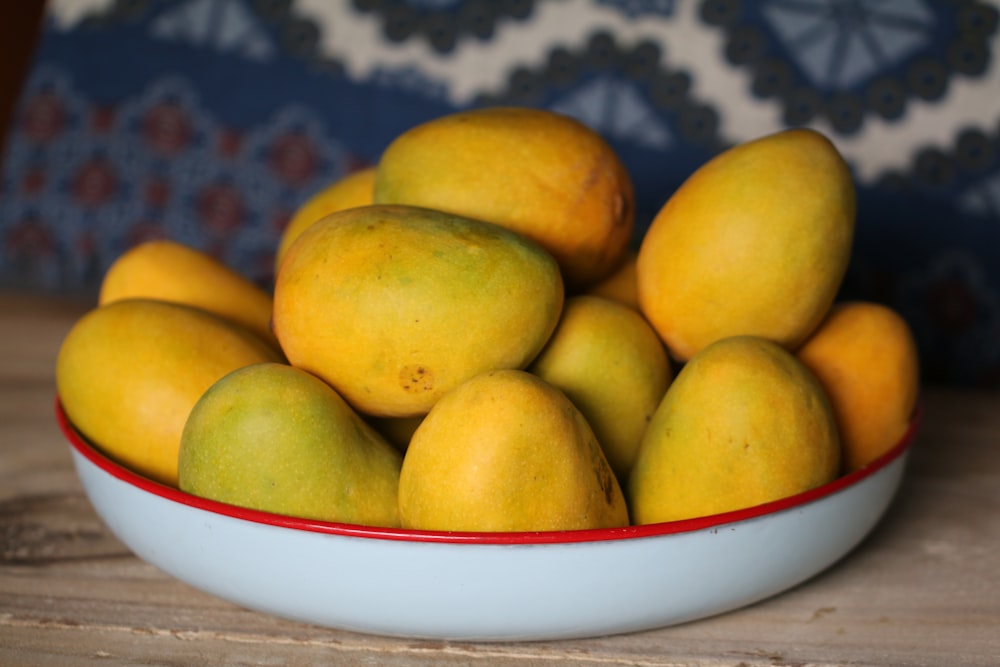
Mangoes are the favourite fruit of the majority. Consumable in both raw and ripened state, it is known as the king of fruits. Mangoes are a powerhouse of nutrients and extremely delicious in taste, making them an ideal source of vitamins, minerals and fibre for pregnant women.
The unripened mangoes are rich in Vitamin C. They do have their own health benefits along with the sour taste which is due to the presence of citric, malic and oxalic acid. Unripened green mangoes are a major craving of pregnant women. Naturally, there are no components that in the unripened mangoes that can harm the pregnancy. Mangoes are very good for the baby and the mother can benefit from them during pregnancy, provided she does not suffer from a mango latex allergy.
But most of the fruits available in supermarkets are sprayed with calcium carbide with traces of arsenic and phosphorous, which can prove to be harmful to the mother and the foetus. Also over consumption of raw mangoes can lead to throat irritation, indigestion, dysentery and abdominal colic.
Bananas

Bananas are the most popular fruit in the world and although they are usually considered sunny yellow, they can vary from firm green to soft with many brown spots. These fruits are generally tastier when fully ripe, but this is not always the case. Banana chips, a widely loved snack especially in India are made from green bananas.
Raw green bananas consist of 70-80% starch which converts into simple sugars such as sucrose, glucose, fructose etc. Hence the unripe ones are full of dietary fibres, which helps to control the blood sugar, keep the gut bacteria healthy and hence induce digestion.
However, it has its shortcomings too. In some individuals, consumption of unripe bananas leads to digestive disorders like constipation, gastrointestinal distress like gas, bloating etc. They may also cause the latex-fruit syndrome.
Apples
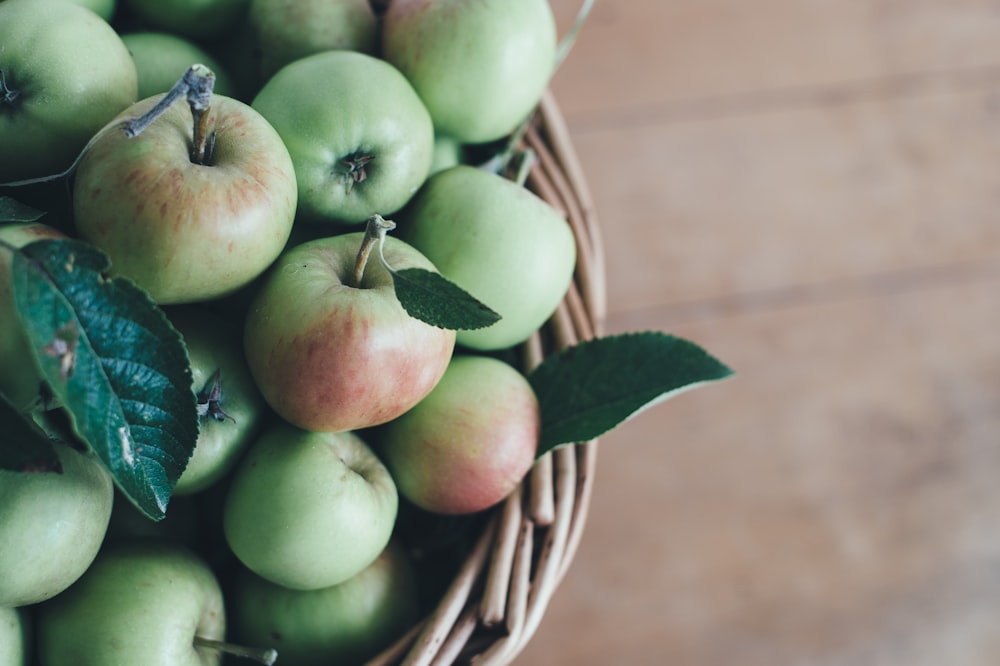
Apples are the next popular fruit after mango and bananas. Unripe apple is not much of a dangerous one to consume but their hard texture and sour taste can bring digestive discomfort due to excessive ethylene gas. So, to enjoy an unripe apple, you can poach it or fry it rather than having it in its raw unripened green state.
Tomatoes
Well, now that it is established that tomatoes are fruits, let us come to the outcomes of consuming unripe green tomatoes. In fact, they turn out to be health with antioxidant properties. But they are also hard and tough to digest. There have been instances where people tend to be sensitive to alkaloids present in the fruit and also suffer from gut irritation. Tomatoes contain glycoalkaloids, which are easily toxic when consumed raw in large quantities and can cause nausea and vomiting.

However, it is important to point out that not all green tomatoes are unripe. Green tomatoes are a variety who even in matured and ripened state is green. So, look at the texture and variety before consuming it.
Pineapples
Pineapples remind us of the tropical vacation we always wish. They are rich in vitamins, enzymes and oxidants. They also contribute to building a strong immunity system, along with bones and aid in indigestion. It contains a sufficient amount of VItamin C, along with manganese, along with thiamin.

However, consuming unripe pineapples is dangerous. Consumption of the unripe versions can end up in gastrointestinal distress. Even overconsumption of the ripe ones is not advised as it can cause mouth tenderness along with vomiting, diarrhoea, nausea etc.
There are more fruits just as the green cocoa mass that makes your mouth twitch with the astringency of an immature pineapple. Unripe peaches and quince berries are too difficult to chew and digest for a pregnant woman and the health of your baby. As mentioned earlier, unripe fruits such as tomatoes and pineapples contain slight toxins, and therefore eating them can even leave a poison behind. The nutrient quality of fruit varies, so it is difficult to predict which fruit is best for you. You can include more and different fruits in your diet, but for many varieties, it is better to eat them in their ripening stage, such as apples, cherries, pears and oranges.
If you are pregnant or have been diagnosed with a problem with your digestive system, it may be a good idea to let the fruits ripen fully before adding them to your diet. So, to summarize why we should not have unripened fruits, there are few common distresses for consuming any unripe versions of the fruit. Majority of these are related to gastrointestinal distress, skin issues, allergies. Experts say this is because your digestive system only wants to get rid of particles it cannot process properly, and it simply flushes them out. Constipation can also occur, which can cause nausea, vomiting, diarrhoea and other digestive problems.
Most unripe fruits are acidic – tasting and astringent, and the compounds that give the fruit its acidic taste are naturally erosive and can eventually eat away at the enamel. To know more, click here!
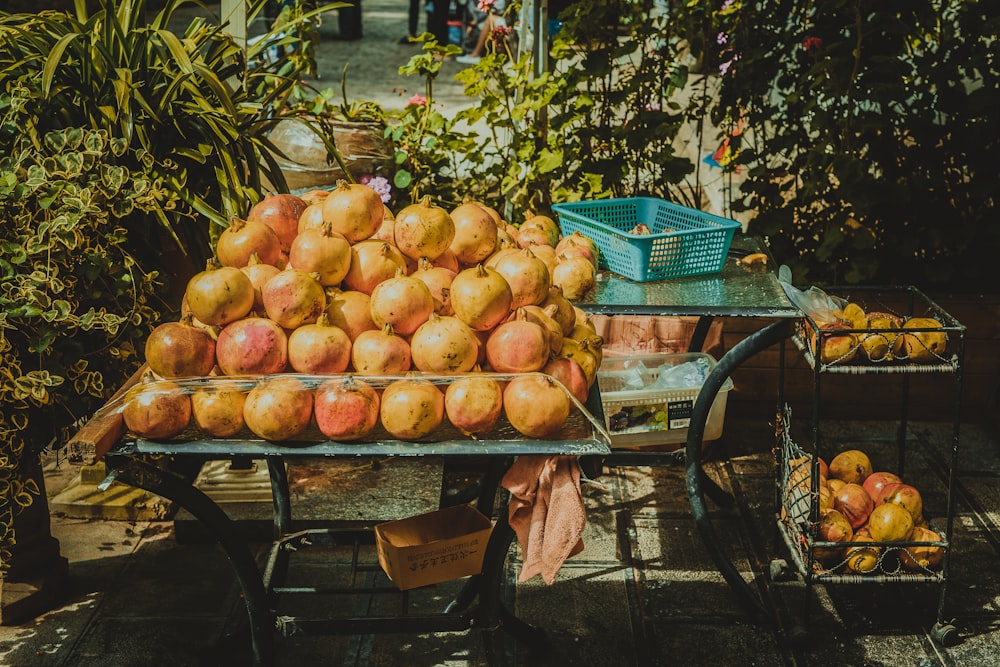
Overripe fruit can still be eaten and easily transformed into smoothies and juices or used as an ingredient in ingredients such as banana bread. But eating fruit in this form is no better than not eating fruit at all, as dried or preserved products that contain a lot of sugar are not as good for you as whole fruits. Eating ripe fruit such as bananas does not mean that you add more sugar to your body because the amount of carbohydrates in the fruit has not increased since harvesting.
It is a common misconception to believe that the fruits in your fruit shop are the ripest you will get. If a fruit is not yet ripe or still seems to be, it is because it is not naturally green and may not be ripe at all. So keep a check on the fruits you purchase next time, and maybe stay away from the unripened fruits.
Did this article help you? Let us know in the comments section or click here for more such informative articles!

by Dr Neha | Nov 17, 2020 | Body, Depression, Health, heart
Autumn means cooler, colder weather and of course, nutritious food for good heart health. Regardless of age, the production of products that have attained their peak is the right fuel to help children do their best, regardless of age.
A balanced, nutritious diet is an important part of maintaining a healthy heart. There are a number of diets that have been proven to be effective in preventing and treating heart disease. Suitable diets with the right amounts of fruit, vegetables, nuts, seeds, and beans can help reduce the risk of heart disease.
Plants are naturally low in fat and sodium and are also rich in vitamins and minerals that are missing from the standard diet. Instead, it is richer in processed foods and sugary drinks and is deficient in vitamins, minerals, and plenty of sodium.

Let’s break down the top three diets and see what the best options might be for you. Focus on incorporating heart-healthy nutrients into your diet to reduce your risk of heart disease.
Add more fruits and vegetables
Consume a variety of fruits and vegetables and limit saturated fat to lower cholesterol and blood pressure. Among the most protective nutrients that can improve heart health are omega-3 fatty acids, monounsaturated fatty acids, calcium, magnesium, potassium, iron, zinc, copper, phosphorus, manganese, and calcium. Omega 3s are essential fats that your body cannot produce, so they must be sourced from food sources.
It is a well-known fact that some people do not eat enough fruits and vegetables every day, and even if you do, they do not get all the nutrients they might expect. Try to think positively about the types of food you should be eating and focus on what you should not have been eating. Eat real foods that you enjoy in different food groups, including proteins and fats alongside plants. You should already be able to eat a nutrient – a dense, balanced diet, but you can do better by eating a variety of “real” foods such as fruits, vegetables, nuts, seeds, legumes and nuts, and seeds.
Nutrient-rich foods are foods that contain many nutrients with relatively few calories. To eat well, it is best to choose a mixture of nutrient-dense foods every day. Look for foods that contain high amounts of protein, fats, carbohydrates, vitamins, minerals, and fibre.
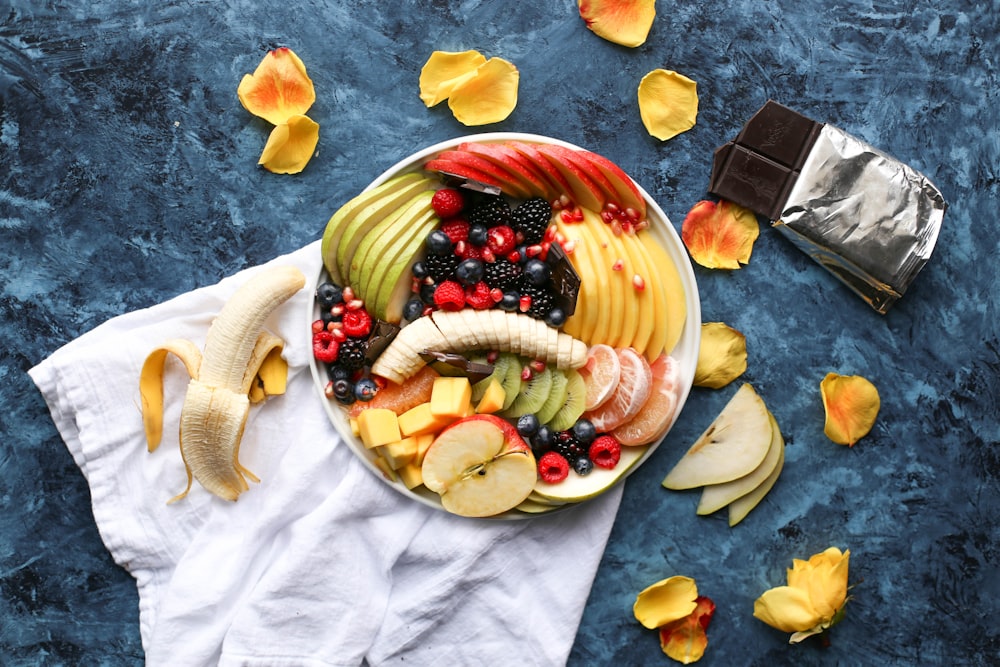
Vegetables, fruits, and cereals provide important vitamins and minerals to keep your body healthy. The evidence consistently shows a link between high protein levels and healthy heart health, as well as lower blood pressure and cholesterol.
In this context, it is too early to assume that the reduction of carbohydrates in short-term studies will necessarily lead to long-term health.
Shift to healthier substitutes
Instead of cutting out carbohydrates, you should cut out carbohydrates – rich foods that offer no health benefits. Other cardiovascular healthy diets include high – protein, low – carbohydrate.
Oats – Oats are a type of whole grain that provides fibre, beta-glucan, in your diet. Try to focus on eating fruits, vegetables, whole grains, nuts, seeds, legumes and nuts, and seeds. They are also rich in fibre and vitamins and a great source of omega-3 fatty acids such as potassium and magnesium.

Fibre is known to promote digestion and can also prevent heart attacks and strokes. Remember that eating healthy can greatly improve your health, but it’s not just about that.
Balanced Diet is important
Dietary advice to achieve cardiovascular health should continue to focus on a balanced diet with plenty of fruit, vegetables, whole grains, nuts, and legumes. This diet is naturally low in cholesterol because it highlights healthy fats and proteins as well as healthy carbohydrates and fibre. You should include at least 10% of your total calories from fruits and vegetables in a balanced diet while maintaining reasonable body weight.
A diet rich in fibre has health benefits for cholesterol control, controls blood sugar, promotes regularity, prevents gastrointestinal diseases, and helps with weight control. It helps promote heart health, promotes weight loss, prevent gastrointestinal diseases, control blood sugar, and has health benefits in controlling cholesterol.
Good sources of soluble fibre are dried beans and peas: “Peas are rich in fibre, provide a sweet taste boost and give any dish a bright colour,” says Glassman. Beans are a good source of fibre and plant protein, both of which are linked to heart health.
According to the USDA, a cup of peas contains a wealth of nutrients, including calcium, iron, magnesium, potassium, phosphorus, zinc, copper, manganese, and potassium.
For some delicious recipes, click here!
Switching to whole grain rice is a simple change that can improve your diet. Learn more about filling your plate with healthy, nutritious foods by logging your meals in the MyPlate app.
For more such articles, click here!

by Dr Neha | Nov 13, 2020 | All, Body, Health
Back Pain is a horror that almost everyone has to go through. The remedies for it are sometimes easy and quick. The pain also causes back stiffness which leads to reduced movement and difficulty standing straight. But we are rarely aware of what causes it to kill the problem at its roots. The causes majorly revolve around our ways of personal health care; some of which we are responsible for and others are out of our hands. Some of these pain causes are
treatable easily and some others prove to be red flags for other severe ailments.
Back Pain, How Is It Caused?
Some of the most common causes of a bad back are listed in this list, but there are many more, that are due to many other conditions, such as spinal spondylosis, ankylosing spondylitis, osteoarthritis, rheumatoid arthritis, spinal injury, and spinal muscular atrophy. according to the National Institute of Neurological Disorders and Stroke, which is a part of the U.S. National
Institutes of Health (NIH).
Cancer
Back pain is also a symptom of cancer such as spinal, colorectal, and ovarian cancer. If there is a known cancer diagnosis that can be related to the low back pain, such as tumors, should be examined for possible metastases of the spine. Occasionally tumors start in the back and appear as tumors that have spread elsewhere in the body.
Obesity

Obesity is one of the major risk factors for low back pain. Obese people tend to have low back pain due to their increased weight gain, high blood pressure, diabetes, and high cholesterol. The excess weight pushes the pelvis forward and hence puts the strain due to the weight of the upper body on the lower back, leading to you experiencing mild to severe pain in that area.
Central Sensitization
Pain itself also affects the way the central nervous system works. Hence the patient eventually becomes more sensitive and experience more pain even when being minimally provocative. It is termed ‘central sensitization’ because it includes changes in the nervous system, especially the brain and the cord (spinal). Sensitized patients are not only sensitive to things that could
actually hurt but even sensitive to the normal touch and pressure-related activities. They experience chronic pain in echoes, which means it is amplified and fades very slowly than in regular patients.
Spinal Conditions
The shape of the spine and a spinal disease are other causes of back pain. Spinal arthrosis causes bone spurs, and spinal stenosis occurs when a spinal disc in the lower back is damaged by spinal cord injury or spinal muscular dystrophy. Lumbar spine stenosis is more common in older adults, especially in people with a history of spinal degeneration or spondylosis, but it can
also occur in young adults and people with other diseases. Kyphosis is another spinal disorder in which the spine has an excessive outward curve; it can mostly be seen in adolescents.
Mechanical pain in the lower back can be defined as pain caused by a fracture of the spine. Lower pain can be related to ligaments in the spine (intervertebral discs, spinal cord, nerves, etc.). Mechanical lower back pain is usually exacerbated by sitting or standing for long periods, leaning, and prolonged activities.
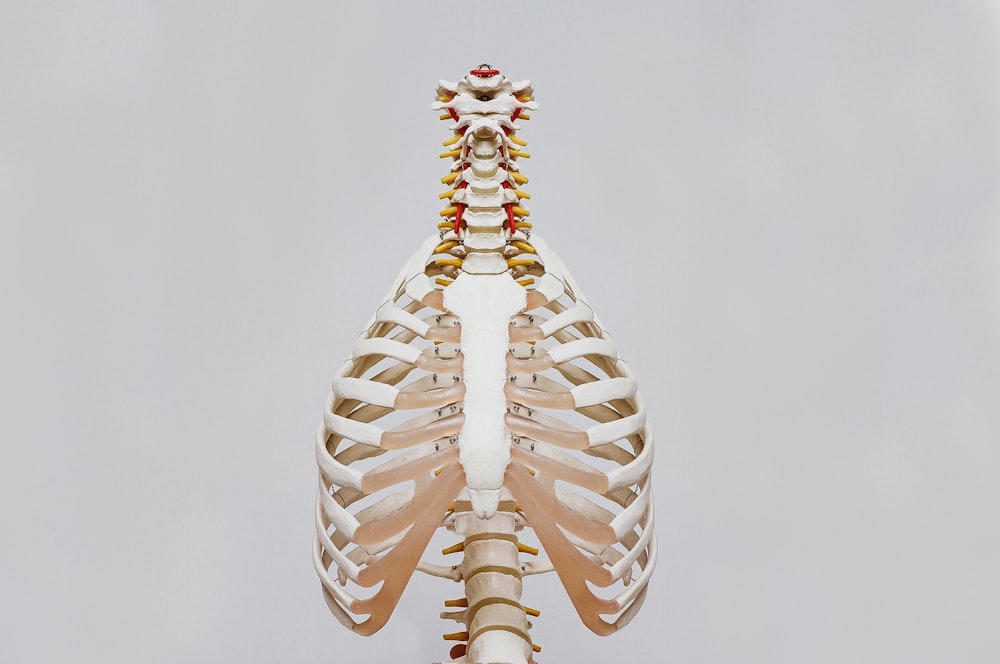
Lumbar Herniated Disc
Sometimes the jelly-like core of the lumbar disc cracks through the hard outer layer and irritates the nerve in its proximity. The herniated part of the disc is full of proteins that induce inflammation before it hits the nerve root. that inflammation, accompanied by nerve compression, triggers nerve root pain. tearing through the disc wall can also inflict pain.
Strenuous Causes
A strain is the phenomenon of wear and tear of a tendon or muscle, and a sprain is caused by overstretching or a torn ligament. This can happen when something is improperly twisted, improperly lifted or lifted too heavily, or when it is lifted improperly. Such movements can trigger cramps in the back muscles, which can also be painful.
If your work involves lifting objects, pulling heavy objects, or anything that twists your spine, it can also contribute to back pain. Sometimes it also can be related to a protrusion or rupture of the intervertebral disc, and when the disc bursts, the pain can extend from the buttocks to the leg. If you have a poor posture or are sitting in a chair all day with insufficient back support, inactive
activity, or desk work, even that can contribute to or cause it. Excessive physical activity can cause it too.
Rare Disorders
Back pain is rarely associated with a serious underlying condition, but when it does occur, the condition requires immediate medical attention. If the infection affects the intervertebral discs, it is called discitis. If the infection affects the sacroiliac joint (the joint which connects the lower spine and pelvis), it can lead to sacroiliitis, which means inflammation between the joints. In conditions like these, back pain is a major symptom. It is unusual for a back injury not to involve a bone injury such as a broken bone or a spinal cord fracture. If there are no serious, underlying ailments, back pain can be the result of a combination of many different causes, not one or two.
Back Pain, How To Cure It?
As you age, the risk of developing lower back pain increases, and the likelihood of finding the best treatment for it usually depends on the correct clinical diagnosis that identifies the cause of a patient’s symptoms.
However, as mentioned earlier, only in rare cases the back pain is a symptom of something severe. Even if the pain signals are similar to classic torture, most of the time they are shortlived and can be cured by a physical therapist. There are instances where the patient freaks out and goes to do tests like Ct scan, which proves to be an unnecessary expense later on.
In the easy and simple cases, the lower back pain is usually treated by physical therapy. The pain caused by obesity can be treated by following exercise and diet plans for weight loss. Physical fitness is the key here. In some cases, it is treated by a few sessions of physical therapy and a couple of days for the pain to fade. For more complicated cases there are specific drugs and surgery processes. A commonly used drug in these cases is Naproxen. Muscle relaxants are another category that helps in reducing the pain. However, these drugs are recommended as a solution for nonrecurring lower back pains that stay only for a short period of time.

The optimal treatment of back pain usually depends on the correct clinical diagnosis, which identifies the cause of the patient’s symptoms. For example, any possible metastasis of the spine should be assessed based on a known diagnosis of spinal stenoses, such as spinal meningitis or spinal hernia.
It is always suggested to consult the physician or the doctor in case of severe pain rather than assuming the ailment by yourself (and Google!) and going forward with a treatment plan which is most likely wrong and may generate harmful side effects.
Let us know if this article helped you. Leave a topic in the comments section for me to discuss next time. For more such articles, click here!
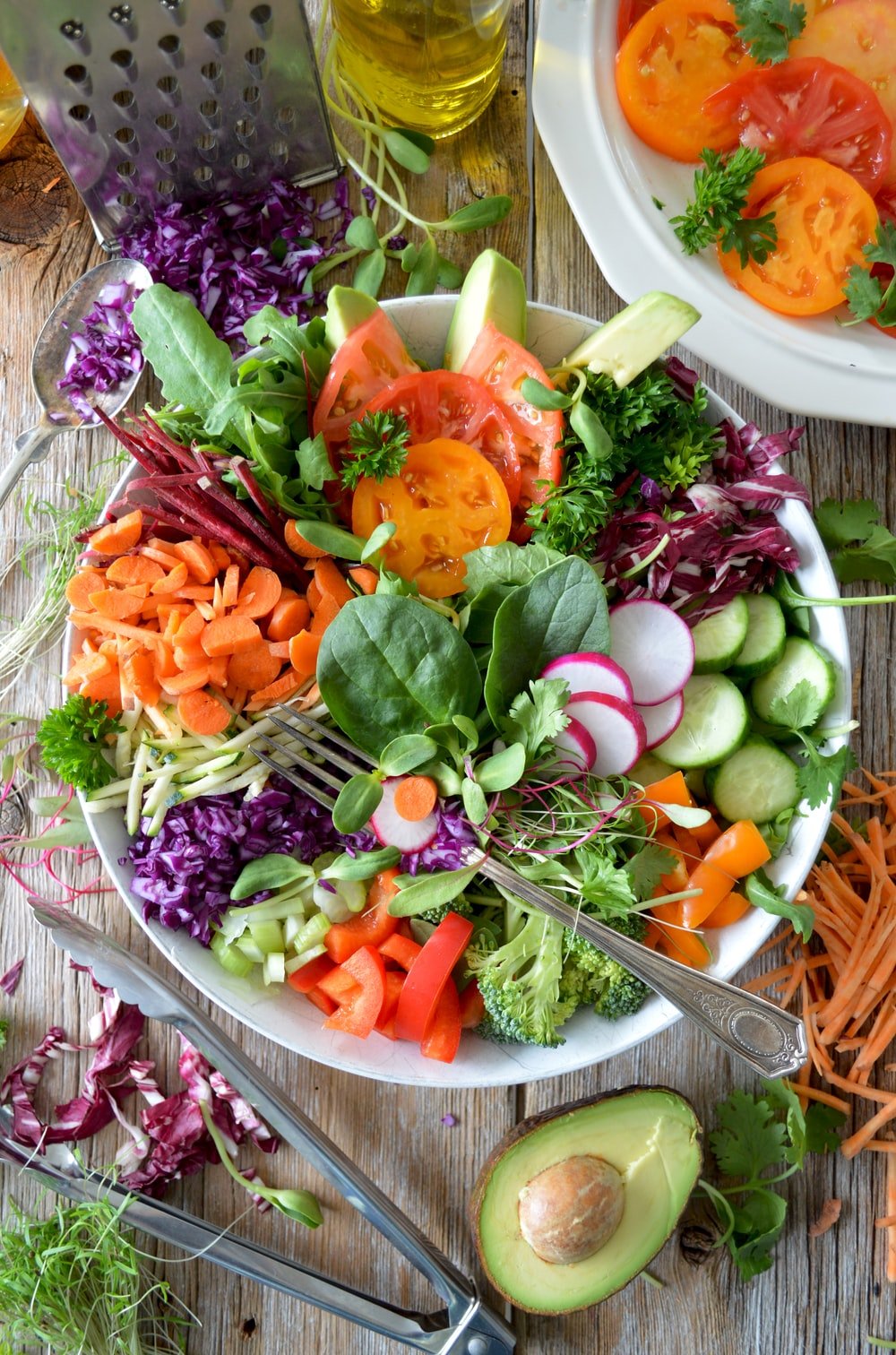
by Dr Neha | Nov 8, 2020 | Health
Gut health is an important aspect you need to look upon. Live fermented foods are a natural probiotic to eat or drink, and studies have indicated that probiotics can help restore gut bacteria to healthy levels that protect against inflammation. All the above-mentioned probiotics thrive in the gut, as do probiotics, many of which are indispensable for healthy gut health and a healthy immune system.
WHERE TO START?
These are just some foods you can append to your diet to promote your gut health. However, the Western diet is full of food that promotes healthy gut flora, such as fruits, vegetables, nuts, seeds, and whole grains.
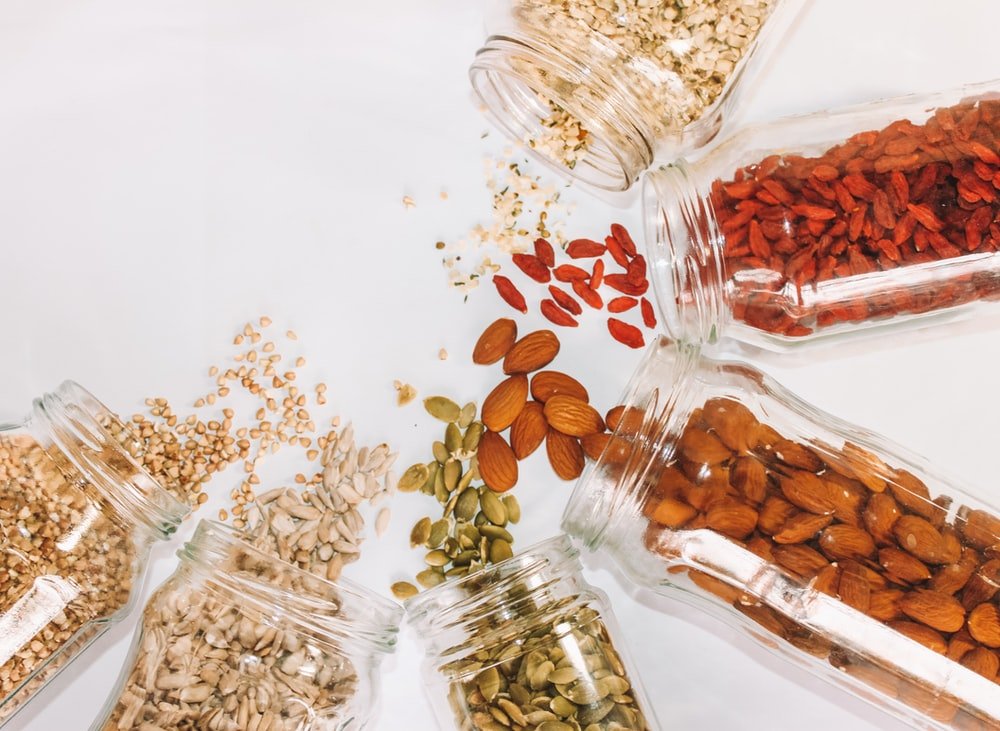
Eating lots of fruit, vegetables and a variety of cereals creates a joyful and healthy microbial in your gut. The microfilm that lives in the gut is a collection of microorganisms that play a crucial role in digestion, mood, and life.
To maintain a beneficial balance of these microorganisms, you should start with a healthy diet that includes fruits, vegetables, cereals, whole grains, and beans, which are rich in fiber.

GOOD GUT HEALTH, HOW DOES IT WORK?
Studies have shown that taking probiotics can make a major contribution to supporting a healthy gut microbiome and prevent intestinal inflammation. Foods that can significantly improve gut health include fruits, vegetables, cereals, whole grains, nuts, seeds, fermented vegetables, and legumes.
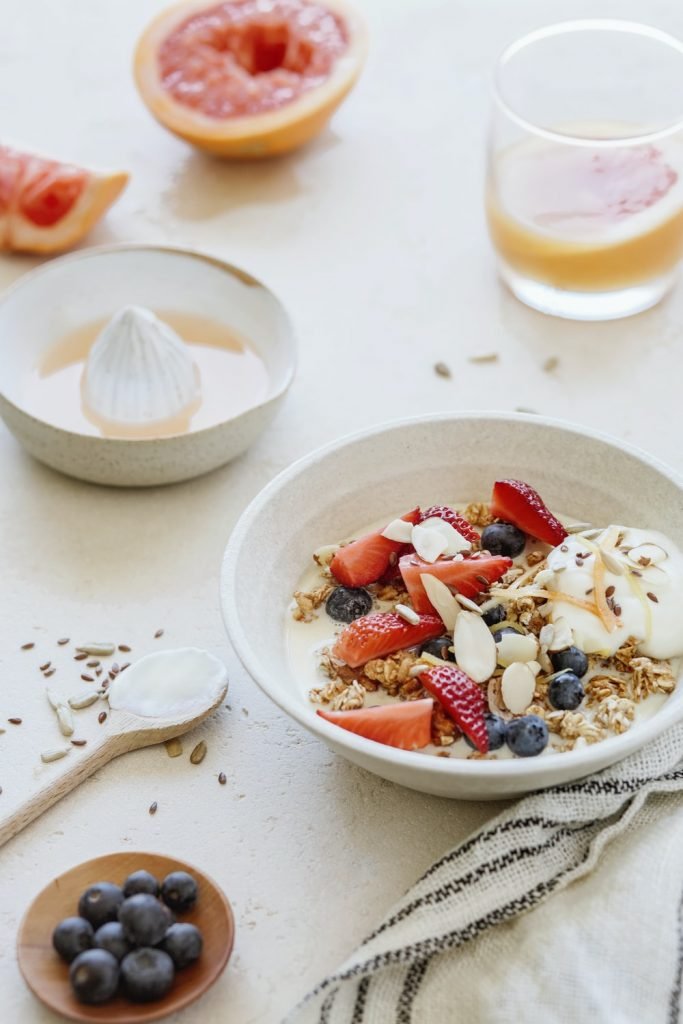
Probiotics have been shown to help the gut microbiome repair itself. The body has the ability to grow bad bacteria and replace them with useful ones by simply eating foods that consist of probiotics.
Natural healing can also be achieved by using clinically proven ingredients such as probiotics, prebiotics, and digestive enzymes. Daily Digestive Essentials is a great way to work with the gut to improve its overall health with steady use.
We tend to utilize the words “improve” and “restore” interchangeably when we refer to gut health, but there is actually a big difference between the two. People want to talk about probiotics and more fiber, and while both are still important components of gut health, they don’t do much for gut health. Dehydration stops the fiber from doing its job properly and can lead to constipation. When you are dehydrated, you also dry out yourself, which should not be overlooked and is still an important part of gut health.
DRINK LOTS OF WATER!
Dehydration impairs intestinal regulation, impairs cognition, causes drowsiness and energy deficiency, increases hunger, and promotes overeating. Dehydration causes nausea and vomiting, increases blood pressure, impairs digestion, impairs cognition, and causes diarrhea and constipation.
Once you are adequately hydrated, make sure you eat high-fiber fruits and vegetables. Exercise plays a major role in gut health and regularity. A healthy diet with fiber-rich, unprocessed foods such as fruits, vegetables, nuts, and seeds – gives your gut the right kind of bacteria to grow. Dietary fiber foods give bacteria the nutrients they need to grow while eating foods like rice with probiotics like yogurt or kefir helps to add live microorganisms that the gut needs to stay healthy. Add many plants to your diet, especially those with high fiber content such as beans, lentils, peas, and nuts.
A hallmark of a healthy gut is a balanced gut microbiome, and the omega-3 fatty acids found in oily fish such as salmon have been shown to correlate with greater gut microbial diversity. Even adding a portion of fish can help your gut bacteria thrive, so eat more whole foods and opt for a portion of high-quality whole food that contains low carbohydrates.
Probiotic supplements can help gut health by adding beneficial bacteria to your gut microbiome. Studies have shown that probiotics can help repair gut bacteria at healthy levels that guard the body against inflammation. Live fermented foods are a natural probiotic that you can not only eat but drink, and it is a great source of vitamins and minerals.
START EATING NUTRITIOUS FOOD RIGHT AWAY!
Eating unhealthy gut flora can affect your health by reducing your gut bacteria and increasing the risk of heart disease, diabetes, high blood pressure, and other health problems.
You can easily incorporate intestinal flora – and incorporate enzymes such as those found in the labeled probiotics into your diet. To get this probiotic, eat fruits, vegetables, nuts, seeds, legumes, and whole grains, as well as fruits and vegetables with high fiber content.

Probiotics are also found in fermented dairy products such as milk, yogurt, and yogurt paste, as well as dairy products such as yogurt, cheese, and dairy products. Here are some delicious recipes you can make out of dairy products.
It is important to include probiotics in your daily diet particularly if you eat fresh fruits and vegetables, many of which are sources of probiotics. One of the things you may have heard about in the digestive tract literature is that increased fiber is of the utmost importance to keep your digestive tract running smoothly. Like grains, nuts are full of fiber and help to improve your gut bacteria.
IN SHORT
Never take your gut health lightly as it is a powerhouse to millions and millions of bacterias that work hard for your well being. Even a little imbalance to it can bring a huge difference to your lifestyle.
Just by adding a few effective changes to your daily life like adding cardio to your day-to-day time, maintaining a fit diet by including lots of fiber, dairy products, etc. Just remember one thing that your health and well-being are in your hands. One step at a time… Good luck!
For more such articles, click here!





















Recent Comments